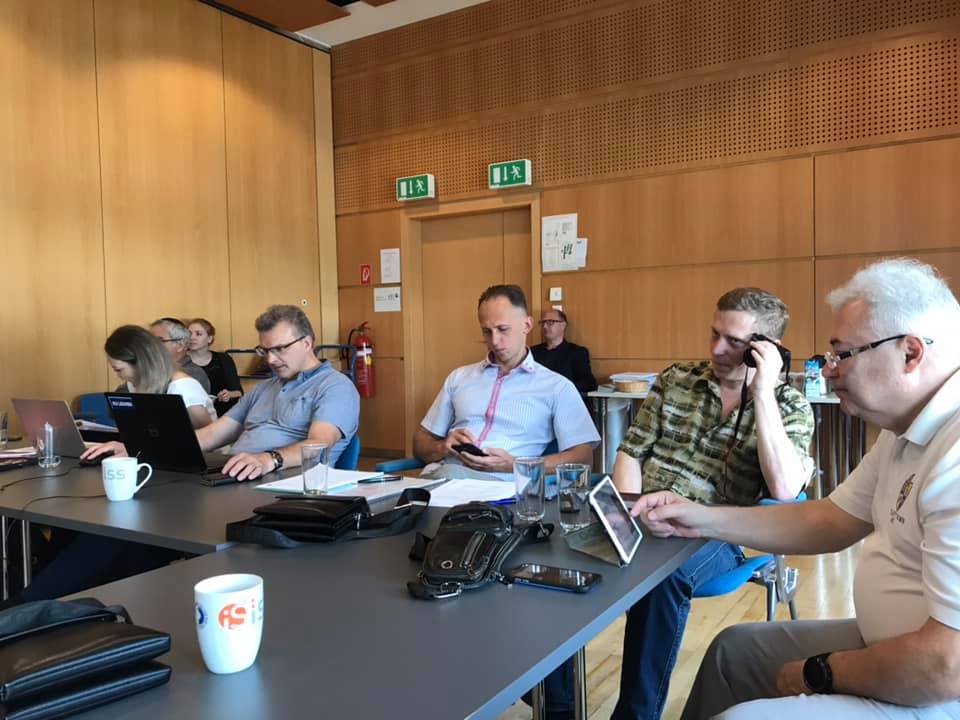[vc_section][vc_row][vc_column][vc_row_inner][vc_column_inner width=”1/4″][vc_single_image image=”2733″ img_size=”full” el_class=”.non-padding” css=”.vc_custom_1572442136367{margin-right: -15px !important;margin-left: -15px !important;}”][/vc_column_inner][vc_column_inner width=”1/2″][/vc_column_inner][vc_column_inner width=”1/4″][/vc_column_inner][/vc_row_inner][/vc_column][/vc_row][vc_row][vc_column width=”1/4″][vc_column_text css=”.vc_custom_1640262373532{margin-left: -15px !important;padding-top: 5px !important;}”] Syllabus
Moodle
Learning materials
[/vc_column_text][/vc_column][vc_column width=”3/4″][vc_column_text]
Learning outcomes:
Students should be able to:
– to study and apply new methods and tools of analysis, modeling, design and optimization of medical devices and systems.
– to apply physical, chemical, biological and mathematical methods in the analysis, modeling of functioning of medical digital devices and systems
– to conduct research and observations on the interaction of biological, natural and artificial systems (prostheses, artificial organs, etc.).
[/vc_column_text][/vc_column][/vc_row][/vc_section]

